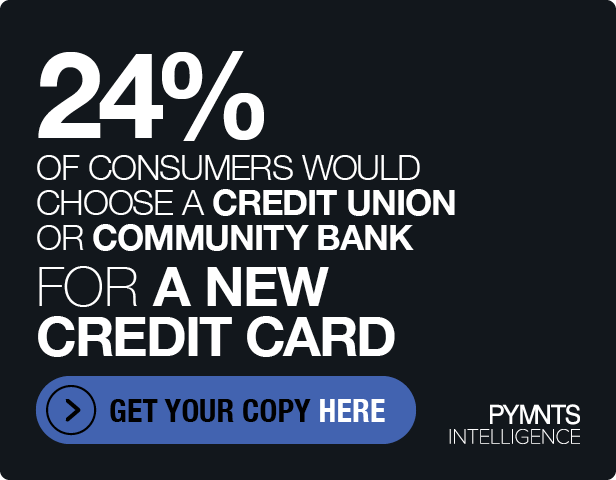US Retailers Benefit From Offering APAC Travelers Their Preferred Payment Methods
Wei Jiang, co-founder, president and COO at Citcon, told PYMNTS in a recent interview that the travel rebound is a long-standing trend — and one that benefits merchants savvy enough to accommodate the payments needs of consumers coming from abroad.
For many retailers in North America who had counted (and still count) consumers from the Asia-Pacific (APAC) region as among their key customers, spending had — not surprisingly — declined from its pre-COVID-19 apex.
But as the pandemic has receded, and as borders have re-opened, he said, 2023 has been a year where spending behavior has been markedly positive.
“In Q3 and into Q4,” he said, “we’ve seen triple digit year-over-year growth” in categories as diverse as cosmetics and luxury retail. The upswing is especially apparent at retailers located within airports, where duty-free shopping is the norm, and the number of flights across borders from the APAC region continues to increase.
“This trend is probably going to continue for a while,” said Jiang, adding that “a lot of traffic is coming back from mainland China to the U.S.”
What Retailers Need to Do
Against that backdrop, retailers will need to fine-tune their payments strategies and offerings. While it may be the case that there’s near-ubiquity in accepting Visa and Mastercard, and digital wallets such as Apple Pay, Jiang noted that in the APAC region, other mobile wallets and QR codes hold sway. In Korea, KaKaoPay, a mobile payment and digital wallet service, is popular. In Hong Kong, AlipayHK is a preferred payments mobile wallet.
“It’s becoming important for the retailers in the U.S. to think about how they can embrace those payments,” said Jiang, “and welcome these travelers from the APAC region … and make them feel the way they do when they are spending money in their home countries.”
The challenge for these U.S.-based merchants, added Jiang, is that they’re used to, and have tied their payments acceptance to, legacy infrastructure that has been around for decades. The ecosystem in the U.S. has been built to accommodate home-grown payment methods, and cards are prevalent among them. And though the largest merchants here in the states may have already become adept at offering payments via QR code, for example, smaller firms may find their adoption more challenging.
Linking with providers such as Citcon, Jiang said, streamlines the integration of far-flung payment methods through its platform and all-in-one payments gateway.
“You’re connected once and automatically integrated with all the payment methods” in a matter of weeks, he said. The process sidesteps the painstaking integrations that would otherwise have to be done on a one-to-one basis and could take months. Security is improved, too, he said, as digital wallets themselves rely on tokenized transactions. But Citcon, he added, also has added another layer of security, as the firm is PCI Level 1 compliant.
Looking ahead, Jiang said that alternatives to card-based payments will continue to gain steam — and buy now, pay later (BNPL) options are proving popular, as PYMNTS Intelligence has found. Square’s BNPL offerings are but one example, and paying over time — with several installment methods offered online and offline — will help merchants “reach new segments of consumers and allow [merchants] to enjoy higher conversion rates and higher average tickets.”

